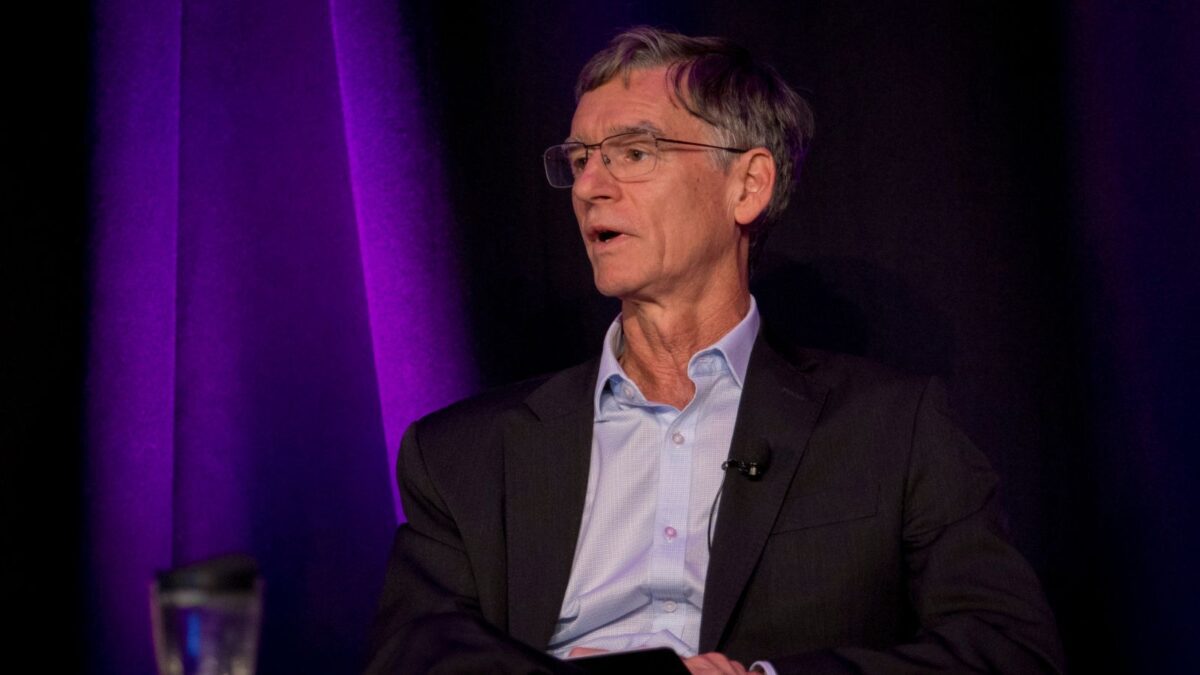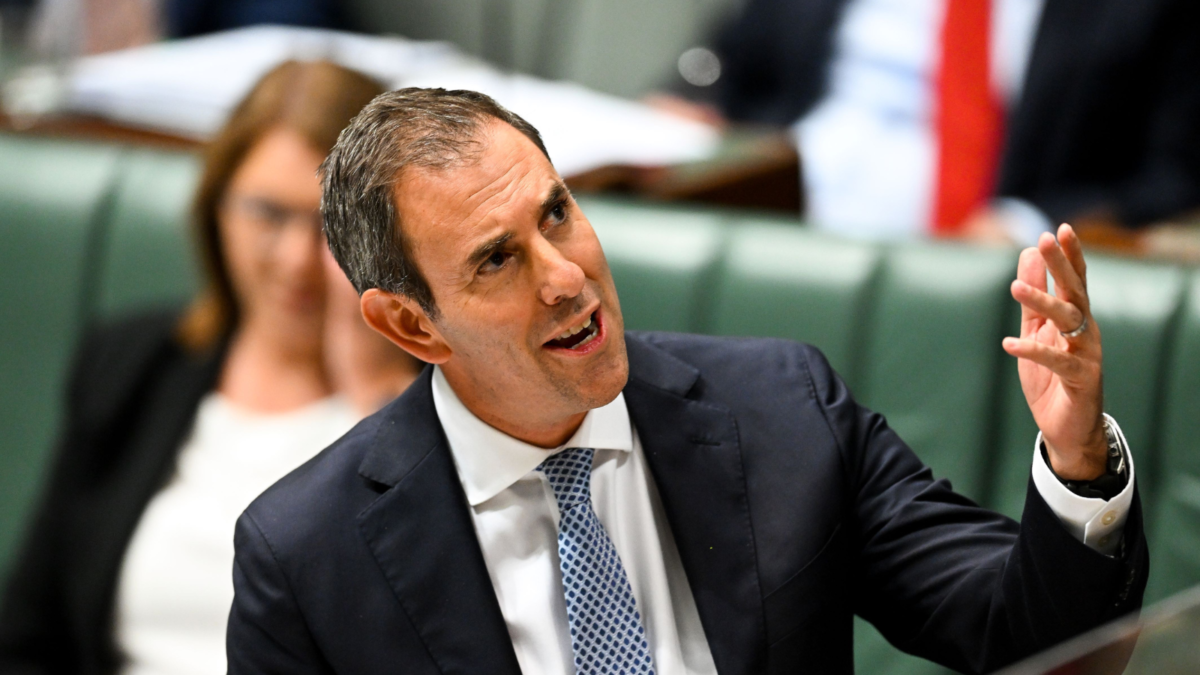Earnings learnings: Why forecasts are fantasy
The study found share analysts have consistently over-valued the S&P500 in aggregate when using forecast operating earnings rather than backward-looking reported income.
But the valuation approach rests on two flawed assumptions, namely: share market prices are based on discounted forward earnings not past reported earnings; and, that operating earnings accurately reflect company income.
Both assumptions, though, introduce a “large bias into aggregate market earnings” estimates, which invariably land on the upside.
“Over the last 34 years, data provided by S&P show that aggregate S&P 500 reported earnings have been an average five per cent lower than prior-year operating earnings, despite powerful growth in both reported and operating earnings over the same span,” the RAFI paper says. “The same-year comparison is even larger: concurrent reported earnings are lower than operating earnings by 13 per cent.”
And the mis-match between forecast operating earnings and reality widens further during recessionary periods, RAFI found.
“In 2001 and 2002, in the same period aggregate operating earnings exceeded reported earnings by 57 per cent and 70 per cent, respectively,” the study says. “In 2008, aggregate operating earnings exceeded reported earnings by 233 per cent. In 2020, aggregate operating earnings exceeded reported earnings by 30 per cent.”
However, current consensus forecast aggregate earnings for the S&P500 of US$226 over 2023 (implying a P/E ratio of 17) would require a massive 25 per cent year-on-year earnings growth, the RAFI paper says.
“If reported earnings next year merely match the likely final 2022 level of $181, then the current price-to-forward earnings (P/F) ratio is 21,” the analysis says. “In 2023, if earnings tumble just 20 per cent from 2022 levels, then the correct current P/F ratio is 26, hardly a bargain. It is easy to see why we occasionally refer to the P/F ratio as the Price/Fantasy ratio.”
Published this month, the ‘Price-to-fantasy ratio: self-deception with forward operating earnings’ was penned by RAFI founder, Rob Arnott (picture at top), and chief executive, Chris Brightman.











